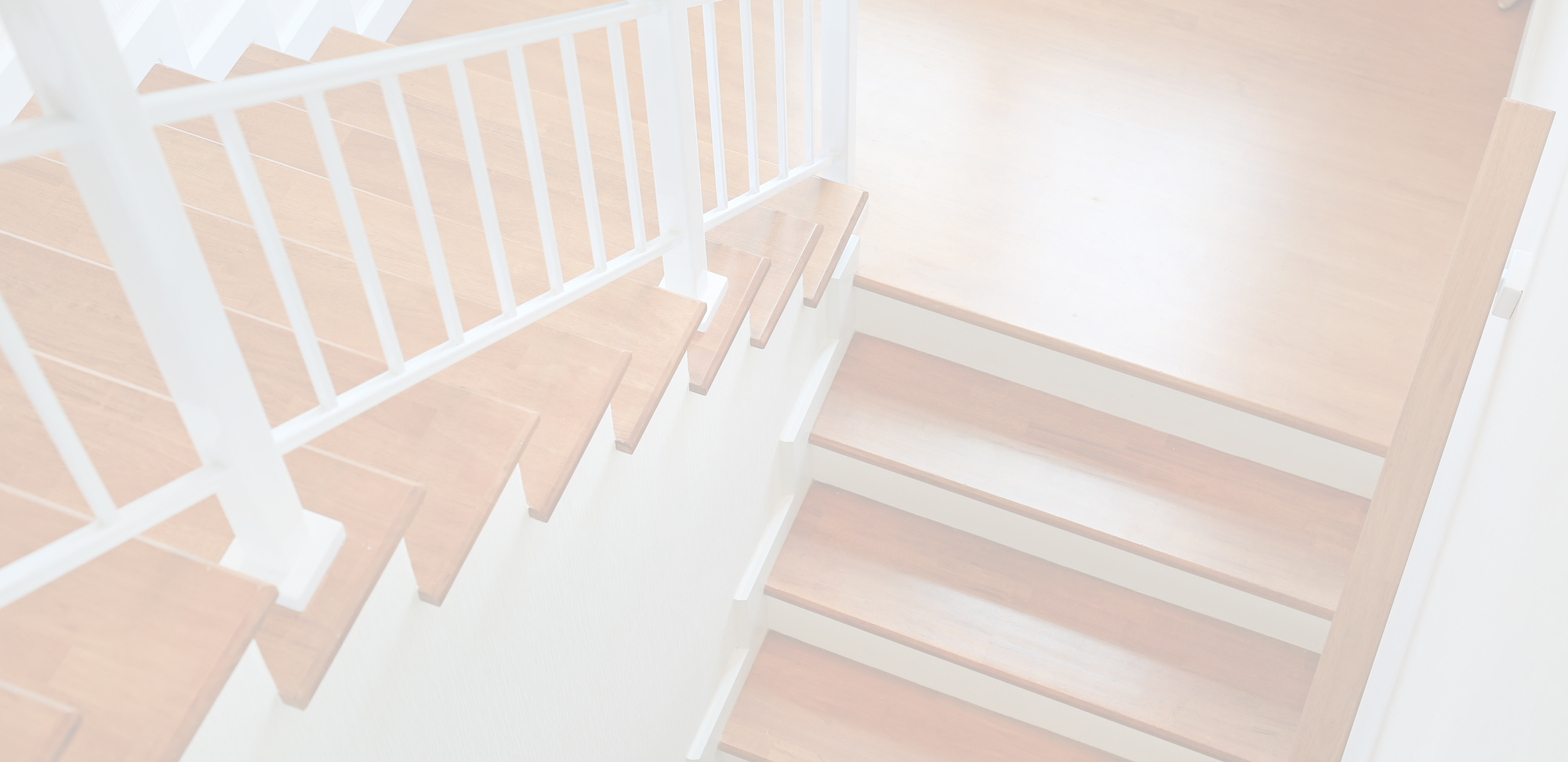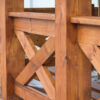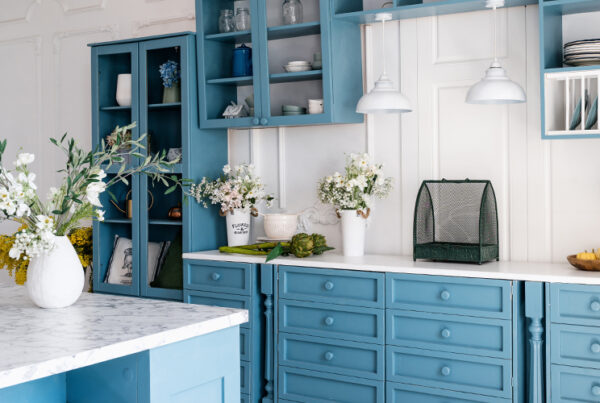
Painting your stairs can be a fun and relatively approachable DIY project that can transform the look and feel of your staircase. With a little prep work and the right paint, you can give your stairs a fresh look for a fraction of the time and effort involved in refinishing or adding carpet. Follow this easy step-by-step guide to paint your stairs and get the perfect paint job.
What You’ll Need
Equipment/Tools:
- Damp cloth
- Drop cloth
- Fine-grit sandpaper
- Paint brushes
- Painter’s tape
- Roller
- Sanding sponge
Materials:
- Interior paint
- Primer
- Sealant (optional)

Instructions
Step 1: Clean and Prep Your Stairs
When your walls are fully functional, you’ll have to prep them for the job. Follow these steps:
- Clean. Thoroughly cleaning all the steps, handrails and all other structural elements.
- Scrape. Once everything is clean, scrape away superficially uneven sections and loose paint or varnish from the steps and the stringer.
- Sand. With all the loose particles gone, sand the staircase to help the paint adhere better to the surface. Wipe away all the sanding dust with a microfiber cloth.
- Repair. If you have a wooden staircase, seal all knots and nail holes before proceeding. Apply spar varnish on knots and nail holes with a filling knife and let the varnish dry. Sand the places where you applied the filler (spar varnish). Wipe away all dust with the microfiber cloth.
- Apply Painters Tape and Cover the Floor. Apply masking tape to where the walls meet your stairs to avoid accidentally painting them. Also, use plastic covering and tape to protect the areas around the stairs that you won’t paint, like the floor around the first and final steps.
Step 2: Prime Your Stairs
Repair small imperfections using a wood filler, following the manufacturer’s instructions for application and drying timeline. Then, clean all surfaces to remove any dirt and oil buildup. Wipe the stairs dry with a clean, lint-free microfiber cloth to remove any remaining dust.
Use a paint primer to ensure the next step goes perfectly, following the instructions for application and dry time as well.
Our expert painters recommend Benjamin Moore’s Fresh Start High-Hiding All-Purpose Primer.
Step 3: Paint Your Stairs
When the primer is dry, it’s finally time to paint your stairs! You want to start with the handrails and spindles. You can use a small paintbrush for the corners and switch to a roller. Continue to the treads, risers, stringers, and nosing. Start from the top and work your way down.
Our expert painters recommend Benjamin Moore’s ADVANCE Interior Paint for the handrails and spindles, and Floor & Patio Latex Enamel for the rest.
Apply a second coat of paint to seal everything. Remove the painter’s tape as soon as you finish the last coat to prevent damage. If desired, you can apply a sealer or polyurethane to the steps to protect the finish.

Helpful Tips
While painting your stairs seems like a quick and easy DIY project you can tackle on a weekend, it still requires planning.
- Repair Your Stairs If Necessary. Fix any broken steps, handrails, or balusters to prevent tripping hazards and ensure any painting done afterward will be safe. If you’re unsure about your carpentry skills, our team of experts are prepared to tackle any repair job.
- Schedule Accordingly. You won’t be able to use your stairs while the paint dries, so you must schedule accordingly, factoring in drying time and at least two coats of paint. If you do the cleaning/prepping and painting on different days, remember to clean the stairs superficially before moving on to priming and painting. If you don’t have the time to lend to a DIY project, you can trust the Precision Painting Plus painters to get the job done efficiently. On-time completion is one of our core company values!
- Protect the Stairs. If you can’t stop using the stairs for multiple hours, make an “X” with tape on every other step and use only marked steps, letting the others dry. Repeat the already-painted steps later.
- Test the Paint. Since this is an interior painting project, drying times can vary. Sample a small patch of paint to see how long it will take to dry. This will help you plan accordingly.
What Kind of Paint to Use for Painting Your Stairs
Technically, there isn’t a “perfect” paint for stairs. However, the best paints take into account the material of your staircase. For example, if you want to preserve the look of wooden stairs, you may use stains instead of paint.
Our painters often recommend a satin or semi-gloss finish, as both provide a durable finish with many flooring styles. These paint types are also used as floor paints.
These are some of the paints our expert painters recommend:
- High-Hiding All Purpose Primer
- STIX Waterborne Bonding Primer
- ADVANCE Interior Paint
- Floor & Patio Latex Enamel
- INSL-X Cabinet Coat
Painting your stairs can be a tedious DIY project, but it allows you to personalize and revitalize a feature you use every day and may not think much of in terms of decor.
Consider consulting a professional painter for intricate staircases or areas of your staircase that are difficult to reach. And remember, your local Precision Painting Plus experts are always available to provide a free quote for your project and answer any questions you may have.












